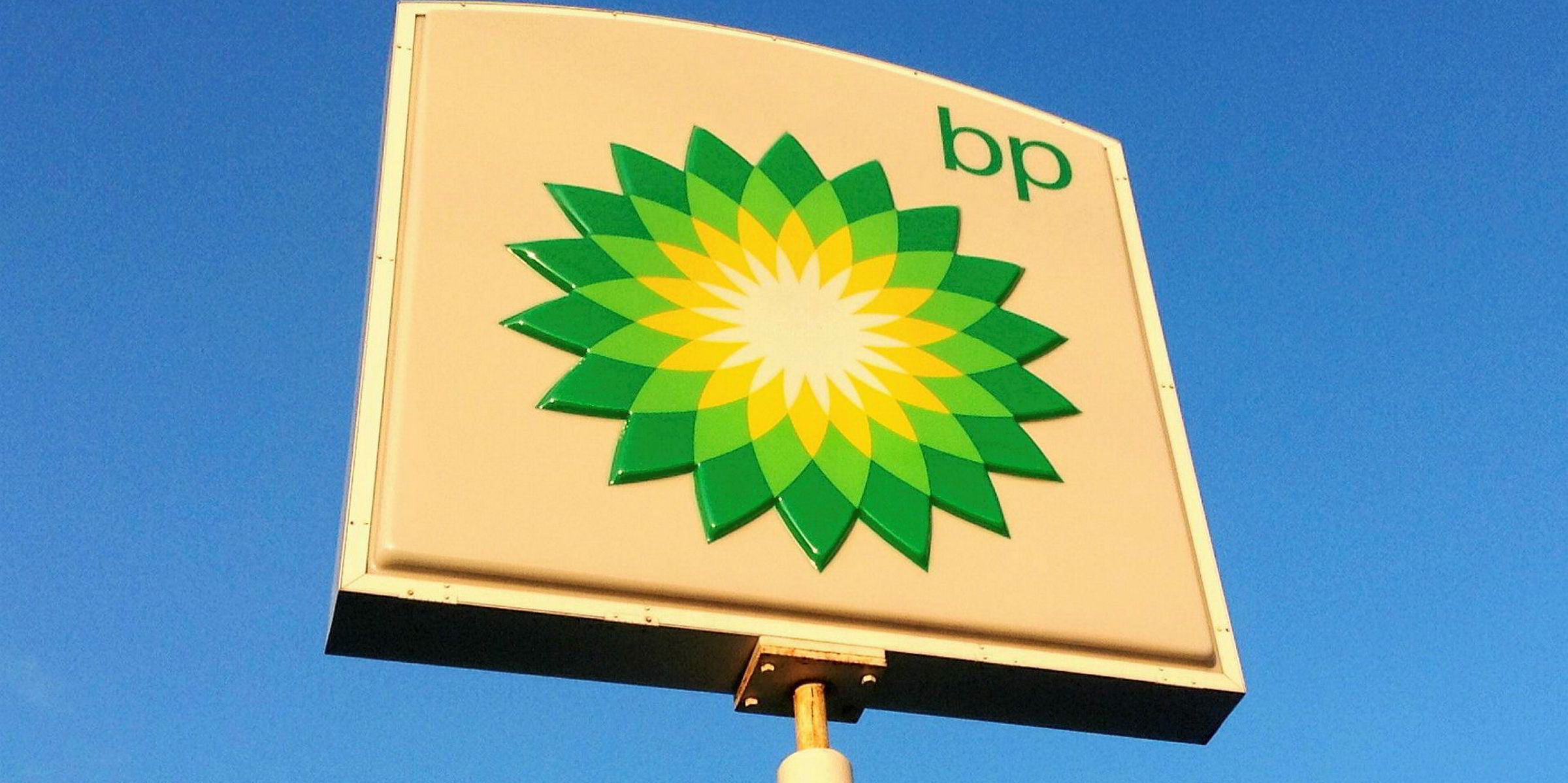Clarksons Research has unearthed signs of further "market recalibration" ahead of IMO 2020 next year.
Managing director Stephen Gordon said vessel supply is looking manageable and there is potential for IMO 2020 ‘wildcards’ to have a positive impact.
But broader economic headwinds are impacting sentiment, suggesting demand side risks should be monitored closely, he added.
Gordon said the focus on the environmental regulatory timetable continues.
"Our scrubber count has increased six-fold year-on-year to more than 2,500 vessels," he added.
In 2020, 10% of fleet capacity initially, rising to 15% by end 2020, will be scrubber-fitted, with the figure for VLCCs rising from 22% to 35%, he added.
The market impact of IMO 2020 is becoming more tangible, Gordon argued in a report, including the ‘wildcards’ of off-hire time, vessel speeds, recycling and oil trade patterns.
"The world economy seems more of a concern since our last report. Our trade projections are still OK, although we will be monitoring closely for downgrades," Gordon said.
Demand growing, fleet growth slowing
Clarksons Research said that in 2018, seaborne trade growth slowed to 2.6% from 4.2% in 2017 in tonnage terms, to reach 11.8bn tonnes.
It is projecting growth of 2.8% in 2019 and 3% in 2020.
"The oil trade is seeing the benefit of long-haul exports from the US and, combined with disruption potential from IMO 2020, should see positive trends," Gordon said.
"Dry bulk tonne-mile growth is expected to ease to 2.5% in 2019, whilst our base case has healthy container trade growth of 4%. LNG trade is forecast to grow 9%; LPG trade by 6%."
Fleet growth dropped to 2.5% by dwt in 2018, the slowest rate for 16 years.
Deliveries fell 18% to 80m dwt, and recycling fell 10% to 32m dwt, with tanker scrapping of 20m dwt the highest since 1985.
World fleet growth is forecast to remain moderate at 2.8% in 2019, the company said, slowing to 1.6% in 2020.





